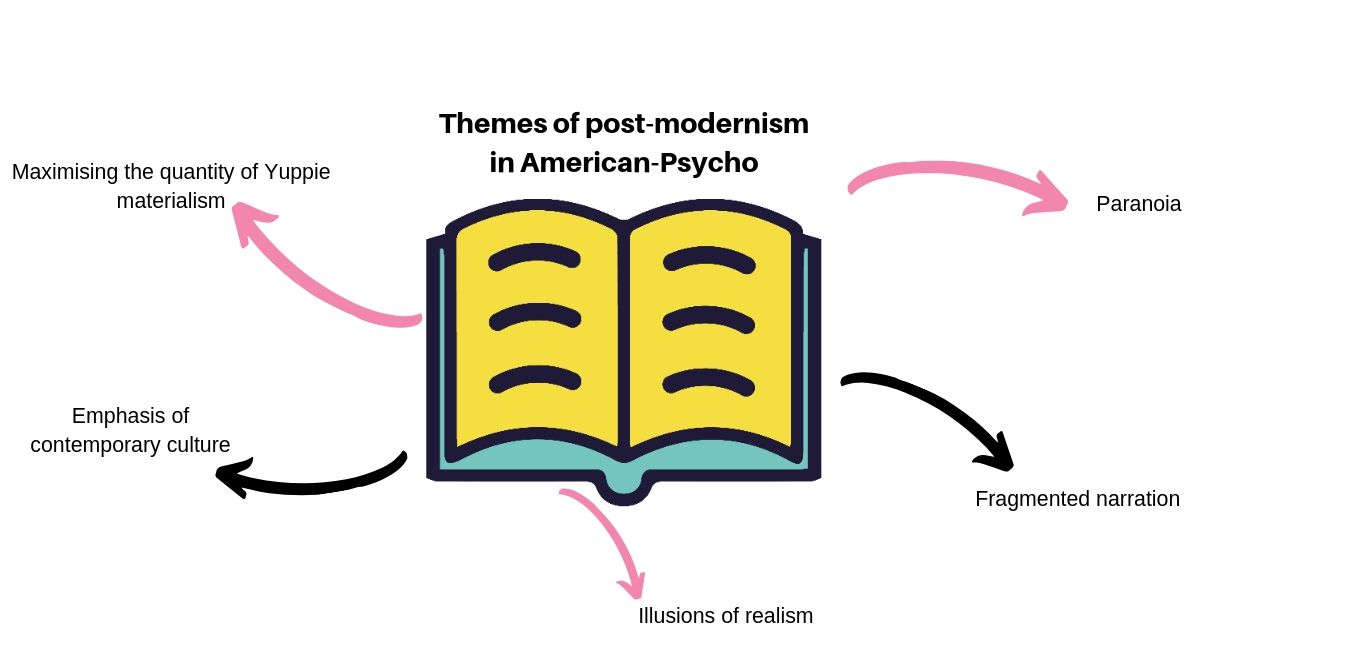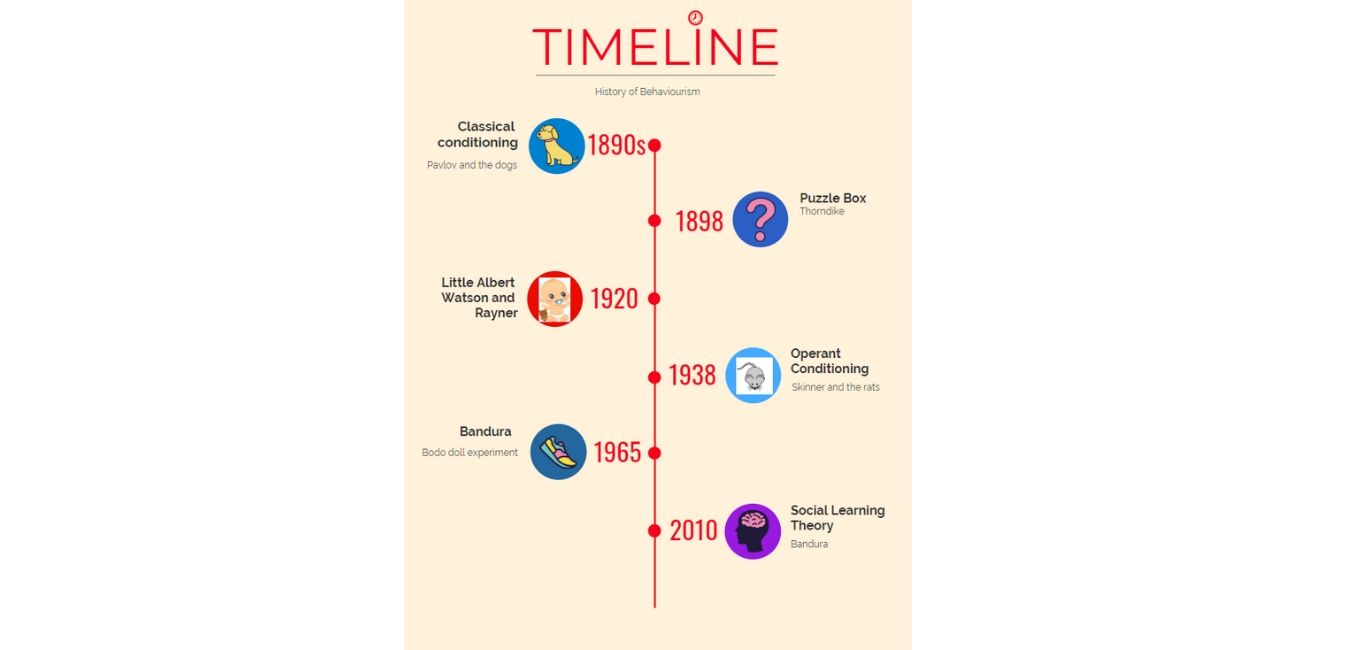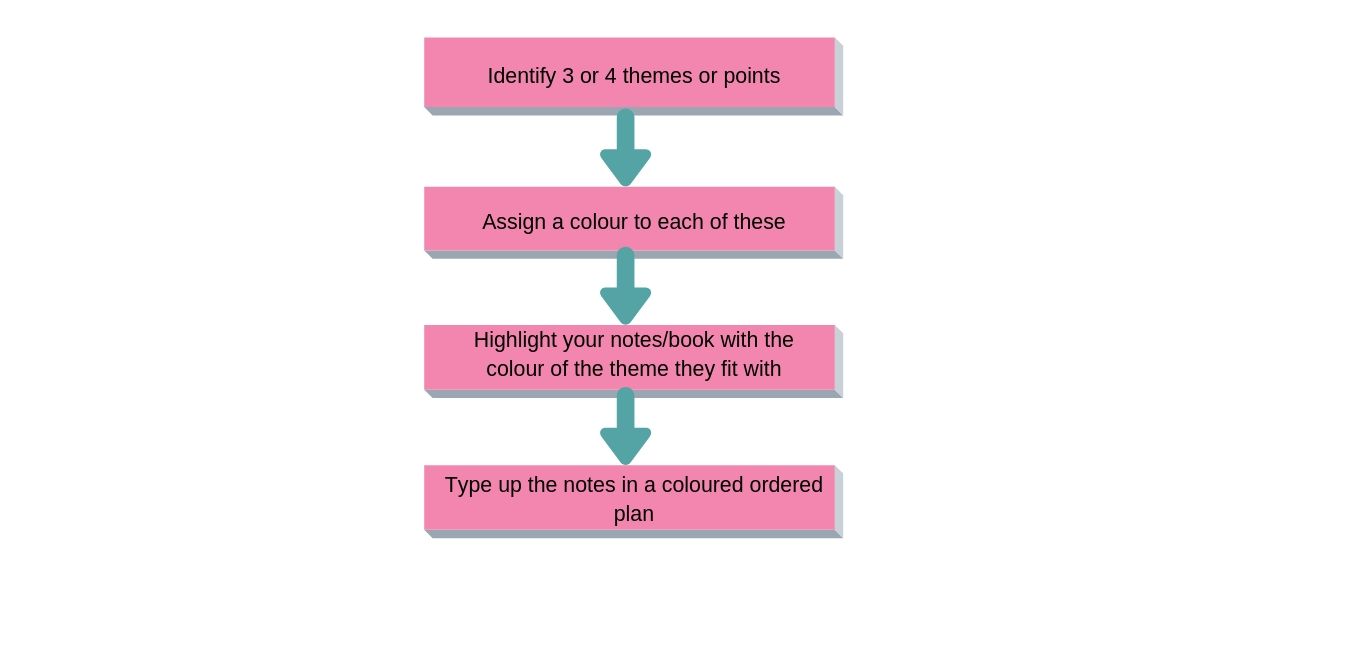Visual Study Skills:
Having a visual learning intelligence means that what you see works better when learning compared with what you hear. If you see it in front of you then you will absorb the information a lot better, whether this be through diagrams in a text book, a PowerPoint from the lecture or even your own drawings in study notes - the more visual imagery the better!
Below are some study skills suitable for visual learners:
1. Graphs and Diagrams:
This is a mode of learning and revision that can be incorporated into most University subjects. Graphs and diagrams allow our brains to process large blocks of information in a clear, broken down format. They also can identify a process order, find relationship connections between two variables and for visual learners create a visual image (even if using words and numerals) that is easier to recall during exams.
Below you can see examples from different subjects:
Business Studies:
Business to Business Customer Life Cycle

English Literature:

2. Timelines and Maps:
Although traditionally associated with history and geography (and they do still work great for these subjects!), a visual learner can still benefit from timelines and maps when learning facts and figures in other subjects. Whether they be drawn out by hand on a big piece of A3 paper, made via a website (please see external links at bottom of the page), or a timeline movie made on your computer (see Auditory learning), this technique will allow you to think and recall linearly in a visual manner – which is perfect for quick exam recall!
Below you can see examples from different subjects:
Psychology:

Politics and International Relations:
United States' 2020 Presidential Election Swing States:
[code = star]

3. Highlighting:
This study skill is pretty self-explanatory and a lot of people use it as a revision technique – some use it for textbooks that they own, others for lecture handouts and others on flashcards. Highlighting doesn’t just need to be a technique that you use during exams though, if it works for you than you can incorporate it into your essay or presentation planning!
It is a simple step-by-step process that builds an effective structure if you struggle with assignment ordering (helps avoid digressing with other information you have learnt):
